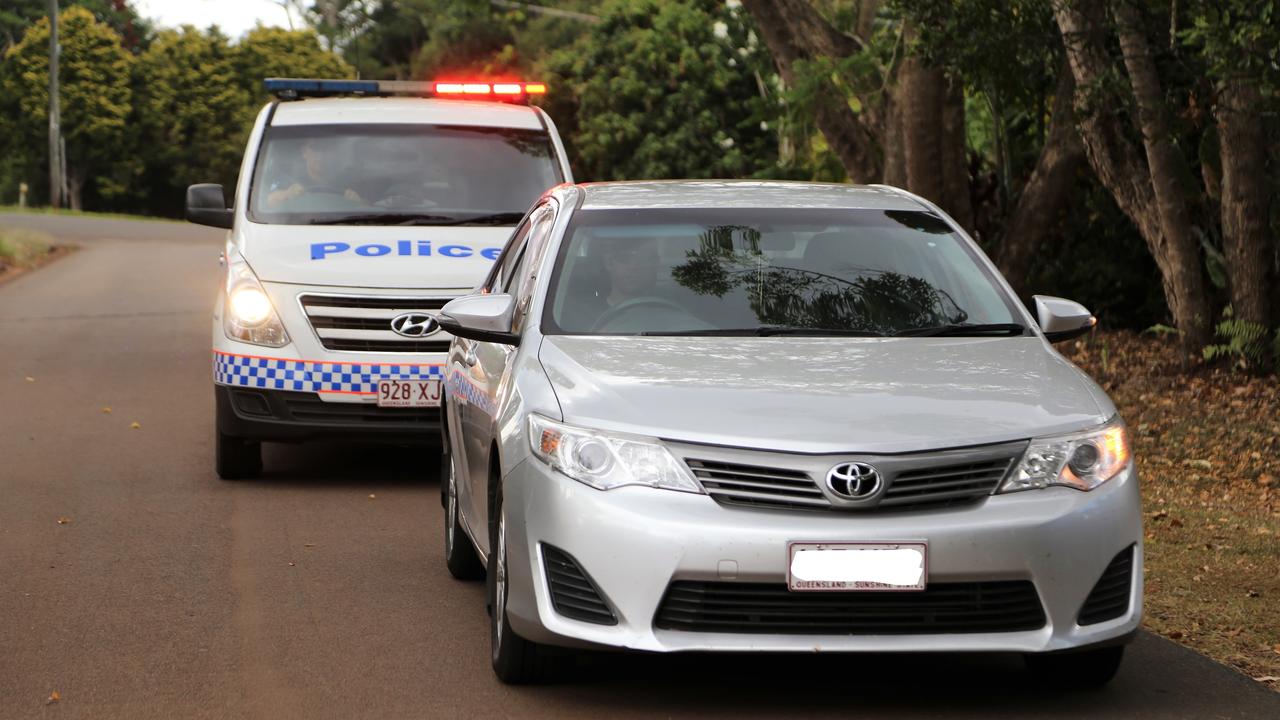Our traffic accident hot spots are bottlenecks, not high-speed roads
STEER clear of these roads at peak hours if you want to avoid a prang.

INSURANCE agency AAMI has compiled its list of Australia’s most common accident hot spots for 2018.
The company analyses data from thousands of its insurance claims from each major capital city from August 1, 2017 until July 31, 2018.
It turns out mind-numbing traffic goes hand-in-hand with an increase in accidents.
In Sydney the biggest accident hotspot was the Hume Highway at Liverpool, followed by Pennant Hills Road at Pennant Hills — both are notorious traffic bottlenecks. The M4 motorway at Parramatta came in third.
The Pacific Highway on Sydney’s North Shore had two highly ranked accident hot spots with Chatswood and Turramurra ranking in the top 10.
Melbourne residents are more prone to prangs on Plenty Road at Bundoora and on Doncaster Road at Doncaster than any other strips of road in the city.
The eastern suburbs of the city have a cluster of high accident zones with Springvale Road at Glen Waverley, Burwood Highway at Ferntree Gully and Stud Road at Rowville rounding out the top five.

Drivers in Brisbane’s northern suburbs were more likely to have an accident than any other area thanks to a double danger zone on Gympie Road at Chermside and Aspley — those two locations on the same strip of tarmac had the highest rate of claims in the city.
Indooroopilly shopping centre, another hotbed of accident activity, came in at third.
The Parade at Norwood was Adelaide’s main accident spot while in Perth’s was on the Albany Highway at Cannington.
There is no surprise that all the major accidents hot spots are areas of reduced flow and stop- start traffic, increasing the risk of rear-end bingles.
However, the active driver aids that are becoming increasingly common in new cars could help bust traffic jams and eliminate low speed crashes.
READ: Simple road rule that could end traffic jams forever
Researchers from Vanderbilt University in the United States demonstrated how one vehicle can cause a chain reaction that affects hundreds of motorists.
Unnecessary braking was found to be the culprit for “phantom traffic jams”, causing a wave of braking that gets harder as it goes further down the line until the end vehicles come to a complete stop.
But adaptive cruise control (ACC) has been found to reduce significantly the impact of unnecessary braking.
Paired with autonomous emergency braking, the adaptive cruise control can end common low-speed bingles by reading the road ahead and adjusting to prevailing traffic flow.
“For years, traffic researchers and engineers have been looking to smart vehicle technologies to reduce traffic congestion, whether that’s vehicles that talk to each other or vehicles that can predict the road ahead,” says Vanderbilt University civil engineering professor Daniel Work.
“This demonstration was a unique opportunity to understand how commercially available active driver assist technologies can be used to positively influence traffic flow.”




